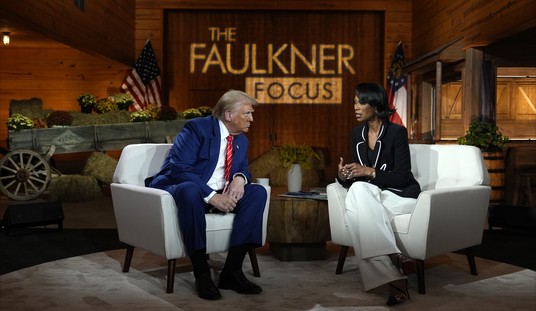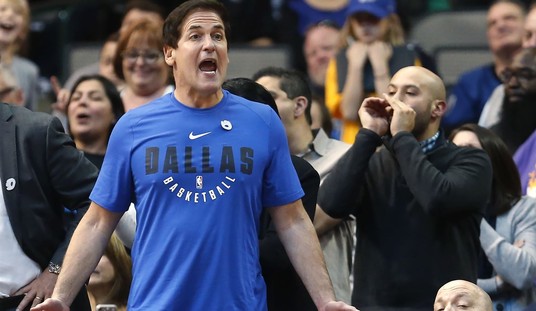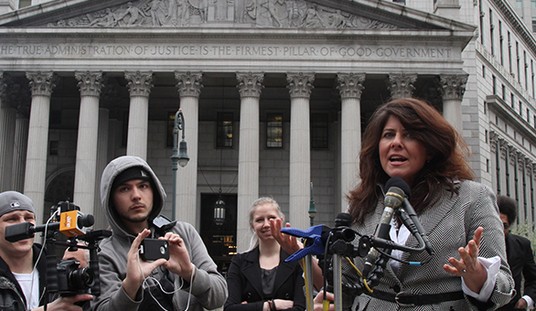
Today is the 75th anniversary of the commencement of the last big German offensive on the Western Front during World War II. On 16 December 1944, Hitler committed his dwindling reserves in a desperate attempt to drive to the Belgian coast, split the Allies, and prolong the war indefinitely. Here is how the Battle transpired, as excerpted from the official US Army website:
Early on the misty winter morning of Dec. 16, 1944, more than 200,000 German troops and nearly 1,000 tanks launched Adolf Hitler’s last bid to reverse the ebb in his fortunes that had begun when Allied troops landed in France on D-Day. Seeking to drive to the coast of the English Channel and split the Allied armies as they had done in May 1940, the Germans struck in the Ardennes Forest, a 75-mile stretch of the front characterized by dense woods and few roads, held by four inexperienced and battle-worn American divisions stationed there for rest and seasoning.
After a day of hard fighting, the Germans broke through the American front, surrounding most of an infantry division, seizing key crossroads, and advancing their spearheads toward the Meuse River, creating the projection that gave the battle its name.
…
But this was not 1940. The supreme Allied commander, Gen. Dwight D. Eisenhower rushed reinforcements to hold the shoulders of the German penetration. Within days, Lt. Gen. George S. Patton Jr. had turned his Third U.S. Army to the north and was counterattacking against the German flank.
…
At the critical road junctions of St. Vith and Bastogne, American tankers and paratroopers fought off repeated attacks, and when the acting commander of the 101st Airborne Division in Bastogne was summoned by his German adversary to surrender, he simply responded, “Nuts!”
Within days, Patton’s Third Army had relieved Bastogne, and to the north, the 2nd U.S. Armored Division stopped enemy tanks short of the Meuse River on Christmas. Through January, American troops, often wading through deep snow drifts, attacked the sides of the shrinking bulge until they had restored the front and set the stage for the final drive to victory.
An excellent short summary, especially for Millennials who are virtually ignorant of the events of World War II and how it shaped the modern world in which they live! But what was it like for those on the ground during that cold month of December 1944? There have been dozens of memoirs written by participants and survivors – the books and the survivors themselves mostly long forgotten except by their families. Here is one of those books, written by an Army combat medic, that really resonated with me: The Battle of the Bulge: A Memoir.
You see, my dad was an Army combat medic (a technical sergeant) on the Western Front, too, in the Hürtgen Forest and later during the Bulge (the “Forest” stopped the day the Bulge began). “The Forest” was the bloodiest battle on the Western Front. Fought in dense tree cover, the Germans used air-burst artillery rounds that shattered the trees and rained down splinters, skewering the G.I.s below. And my dad administered field first aid to those he believed he could save. In those days, battlefield first aid was comparatively rudimentary, and the medics made on-the-spot triage decisions on who could be saved and who was left to bleed out. I can’t imagine having to make those life-or-death decisions, but he did.
He later received a Bronze Star in the Bulge for going into “no man’s land” on many trips to administer to and save both American and German lives. But he NEVER talked about the war afterward, not even what specifically led to him receiving that award for personal bravery. He, like many other World War II veterans, kept his silence about his experiences unto his death. In looking back, I think he suffered from what we now know as PTSD for most of the rest of his life. My brothers and I just couldn’t get anything out of him. I think he felt he was lucky to get out alive and didn’t want to remember all the blood, guts, and death that he personally witnessed.
I have kept his old uniform in the closet for over 30 years now and take it out every December to reminisce and honor his service.

I am proud of you, Dad. You (and a LOT of other young Americans back in the day) did your duty and showed me the way to do mine.













Join the conversation as a VIP Member